Capsicum farming is an exciting venture that involves cultivating Capsicum annuum, a flowering plant belonging to the nightshade family (Solanaceae). This vibrant and flavorful vegetable comes in various colors, shapes, and sizes, making it a popular choice among farmers and consumers alike.
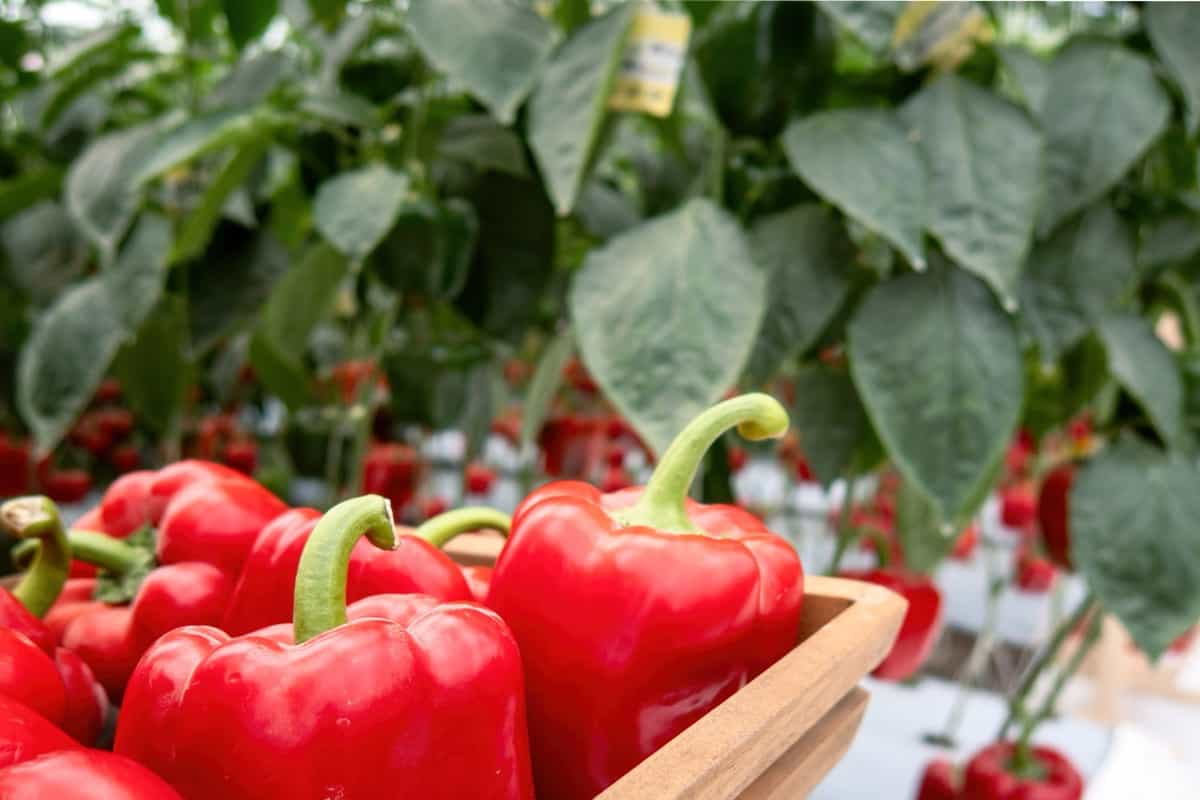
Choosing the Right Varieties
When starting Capsicum cultivation, it’s crucial to choose the right varieties that suit your climate and market demand. With a wide variety available, selecting the best variety can make all the difference in your farm’s productivity and profitability. When deciding which Capsicum varieties to cultivate, consider factors like climate conditions, market demand, and your own farming goals.
Some Capsicum varieties may be more resistant to pests and diseases, while others may have higher yields or better taste profiles. Popular Capsicum varieties include Bell Peppers, Banana Peppers, Poblano Peppers, Jalapeños, Cayenne Peppers, Pimientos, and Cubanelle Peppers. Each variety has unique characteristics that cater to different consumer preferences and culinary uses.
Soil Preparation and Requirements
Capsicums thrive in well-draining soil rich in organic matter. Before planting capsicums, ensure the soil is loose and aerated to allow for good root development. Testing the soil’s pH can help determine if any adjustments are needed. For optimal growth, capsicums prefer acidic soil with a pH range between 6.0 and 6.8. Adding compost can improve soil fertility and provide essential nutrients for your Capsicum plants.
Mulching around the plants helps retain moisture, suppress weeds, and regulate soil temperature – all beneficial factors for healthy Capsicum growth. Regularly monitoring the condition of your soil throughout the growing season will help you make necessary adjustments to ensure your Capsicum plants continue to thrive.
Climate Conditions for Optimal Growth
Capsicums thrive in warm temperatures between 20-25°C during the morning and 15-20°C at night. They require plenty of sunlight, ideally around 6-8 hours a day, for photosynthesis and fruit development. Capsicums are sensitive to extreme weather conditions like frost or high humidity, which can stunt growth and affect yield. Therefore, choosing the right location with good air circulation and protection from strong winds is essential.
In case you missed it: Bolting Management in Plants: Prevention for Premature Flowers and Seeding in Crops and Vegetables
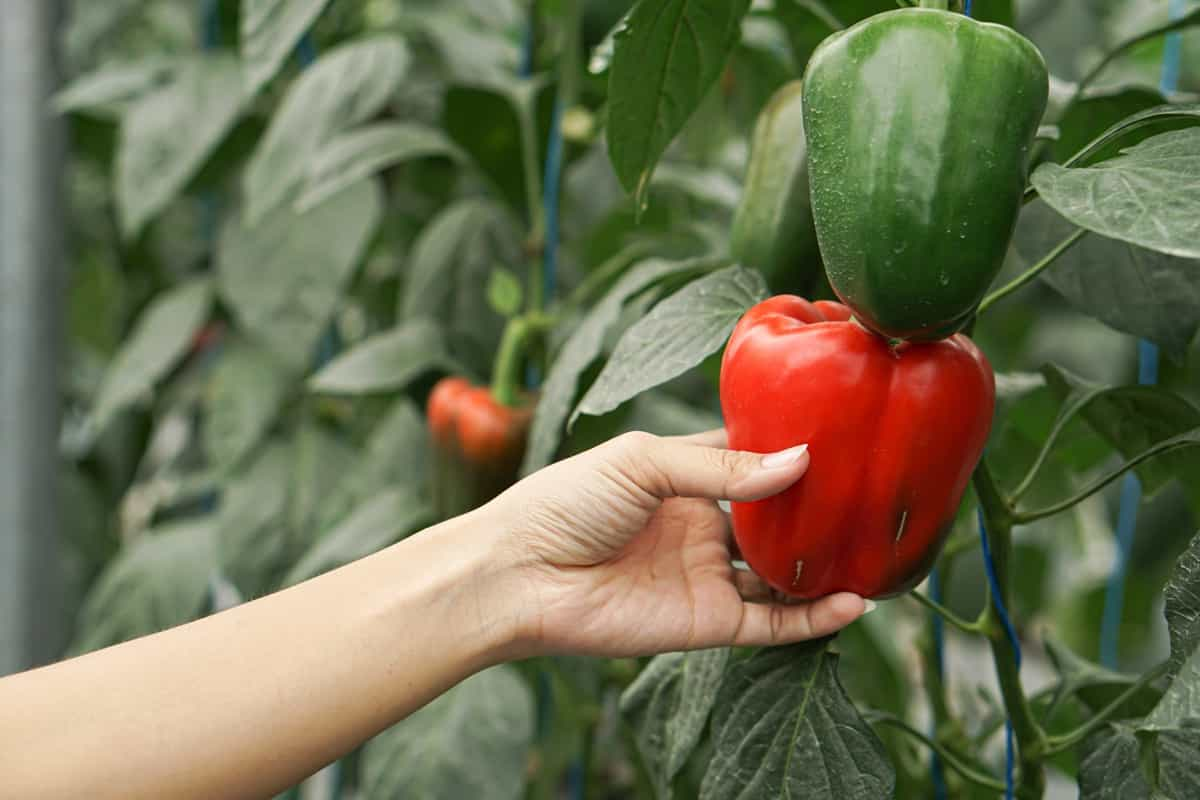
In areas where temperatures drop below 10°C, consider using greenhouses or tunnels to create a controlled environment for your Capsicum plants. This will help extend the planting season and protect them from adverse weather conditions. By providing the right climate conditions for your Capsicum crop, you can ensure healthy plant growth, higher yields, and better-quality fruits.
Seedling Preparation and Plantation
Start by selecting high-quality seeds from reputable suppliers to ensure the best germination rates. Properly sow the seeds in trays filled with good soil mix, keeping them moist but not waterlogged. Once your seedlings have sprouted, ensure they receive adequate sunlight and warmth for optimal growth.
When they have developed sturdy stems and true leaves, transplant them into larger sized containers or directly into the prepared field. Plant your seedlings at the recommended spacing to allow room for proper air circulation. Water them regularly, avoiding overhead irrigation that can lead to fungal diseases.
Irrigation Techniques for Capsicum
Capsicum plants require consistent moisture levels to thrive and produce high-quality fruits. Overwatering the Capsicum can lead to root rot, while underwatering can stunt growth and reduce yield. Drip irrigation is a popular method among Capsicum farmers as it delivers water directly to the plant’s roots, minimizing water waste and reducing the risk of disease. Mulching around the Capsicum plants helps retain soil moisture and suppresses weed growth, further optimizing irrigation efficiency.
Monitoring soil moisture levels regularly is essential in determining when and how much water your Capsicum plants need. Adjusting irrigation according to weather conditions and plant growth stages ensures optimal hydration without wastage. Implementing efficient irrigation practices not only promotes healthy Capsicum plants but also contributes to sustainable farming practices by conserving water resources.
Nutrient Management
Providing the right nutrient balance ensures healthy plant growth and high-quality fruit production. Capsicums require various essential nutrients like nitrogen, phosphorus, potassium, calcium, magnesium, and sulfur for optimal development. Regular soil testing helps determine the specific nutrient requirements for your crop.
In case you missed it: How to Increase Flowering in Vegetables: Best Ways to Induce and Enhance Flower Set
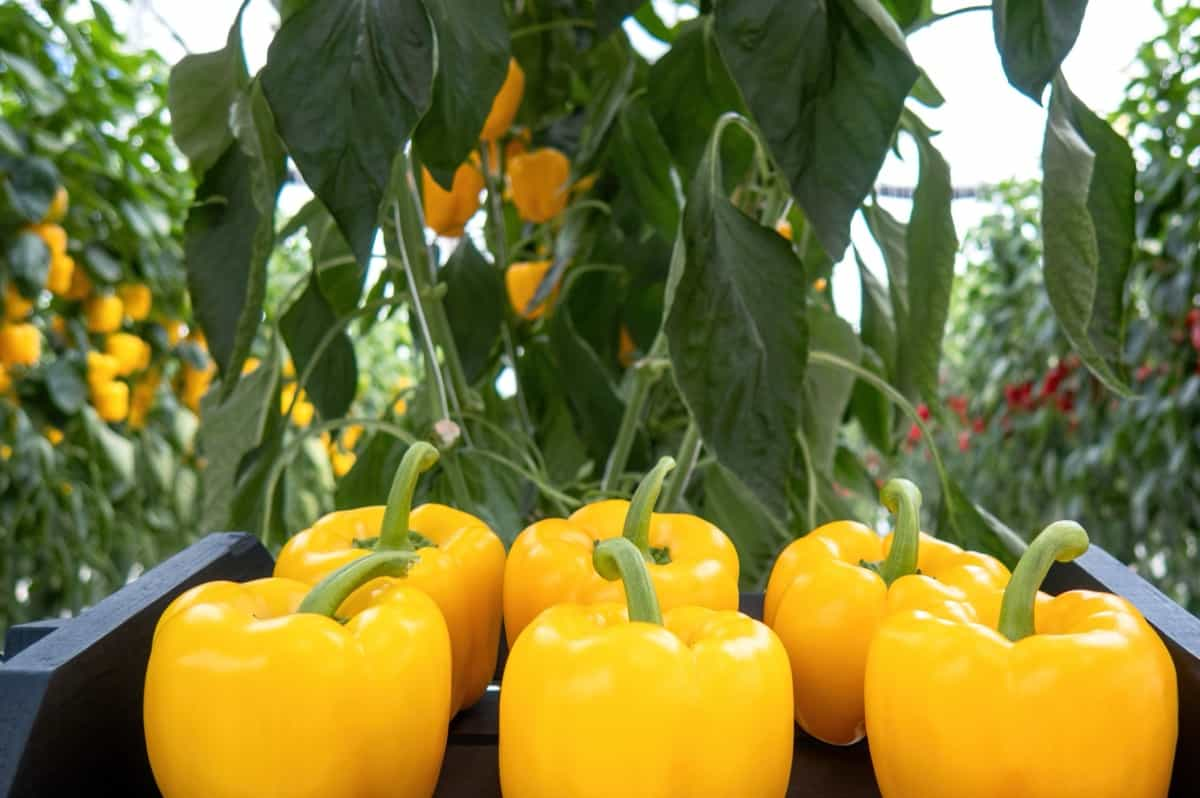
Organic fertilizers can improve soil structure and nutrient availability to plants naturally. Inorganic fertilizers can be used judiciously based on soil test recommendations. Applying fertilizer at the right time during different growth stages is vital to prevent deficiencies or excesses that may harm plant health. Monitoring leaf color and overall plant vigor aids in adjusting nutrient applications accordingly.
Pest and Disease Control
It is crucial in Capsicum farming to ensure healthy plant growth and high yields. Protecting your crop from harmful pests and diseases requires proactive measures. Aphids are the main pests that affect Capsicum plants. These insects cause wilting and stunted growth. To combat aphids, consider using insecticidal soap or introducing natural predators like ladybugs.
Another common pest is whiteflies, which can spread harmful viruses to your Capsicum crops. Neem oil sprays or yellow sticky traps are effective methods to control these pesky insects. Capsicum plants are also prone to fungal diseases such as powdery mildew and leaf spot. Proper air circulation and avoiding overhead watering can help prevent these issues from taking hold in your garden.
Implementing integrated pest management techniques can help to control the use of chemical pesticides while effectively managing pests. Regular scouting of plants for early detection of any signs of infestation is key. Natural predators like ladybugs can be introduced to your farm as a biological control method to keep pest populations in check. Additionally, rotating crops, practicing good sanitation, and using resistant varieties can all contribute to reducing pest pressure.
Weed Management Strategies
Weed management is crucial in Capsicum farming to ensure optimal growth and yield. Utilizing mulching techniques can help suppress weed growth around the plants. Mulch acts as a protection barrier, preventing sunlight from reaching weed seeds. Hand weeding is another effective strategy for controlling weeds in Capsicum fields. By manually removing weeds, you can prevent them from competing with your Capsicum plants for nutrients and resources.
Regular inspection and timely removal of weeds are essential to maintaining a clean growing environment. Using herbicides cautiously and selectively can also help control stubborn weeds that are difficult to manage manually. To prevent damage, it’s important to follow label instructions carefully and avoid spraying herbicides near Capsicum plants. Implementing integrated weed management practices like crop rotation can further reduce weed pressure on your farm over time.
Pruning and Training Plants
Pruning and training plants play a crucial role in Capsicum farming. By removing excess growth, you allow the plant to focus its energy on getting high-quality fruits. Pruning helps improve air circulation, reduce disease incidence, and increase sunlight exposure to all parts of the plant. Training your Capsicum plants involves guiding their growth patterns for optimal productivity.
This can be done by using cages to support the plants as they grow heavier with fruit. Additionally, training helps prevent branches from breaking under the weight of ripening peppers. Regularly inspecting your Capsicum plants for overcrowded areas or diseased branches is essential for maintaining plant health and maximizing yields. Remember that each cut you make during pruning should be clean to avoid causing unnecessary damage to the plant.
In case you missed it: Management of Cutworms in Chilli: Prevention and Control With Organic, Chemical, Cultural Practices
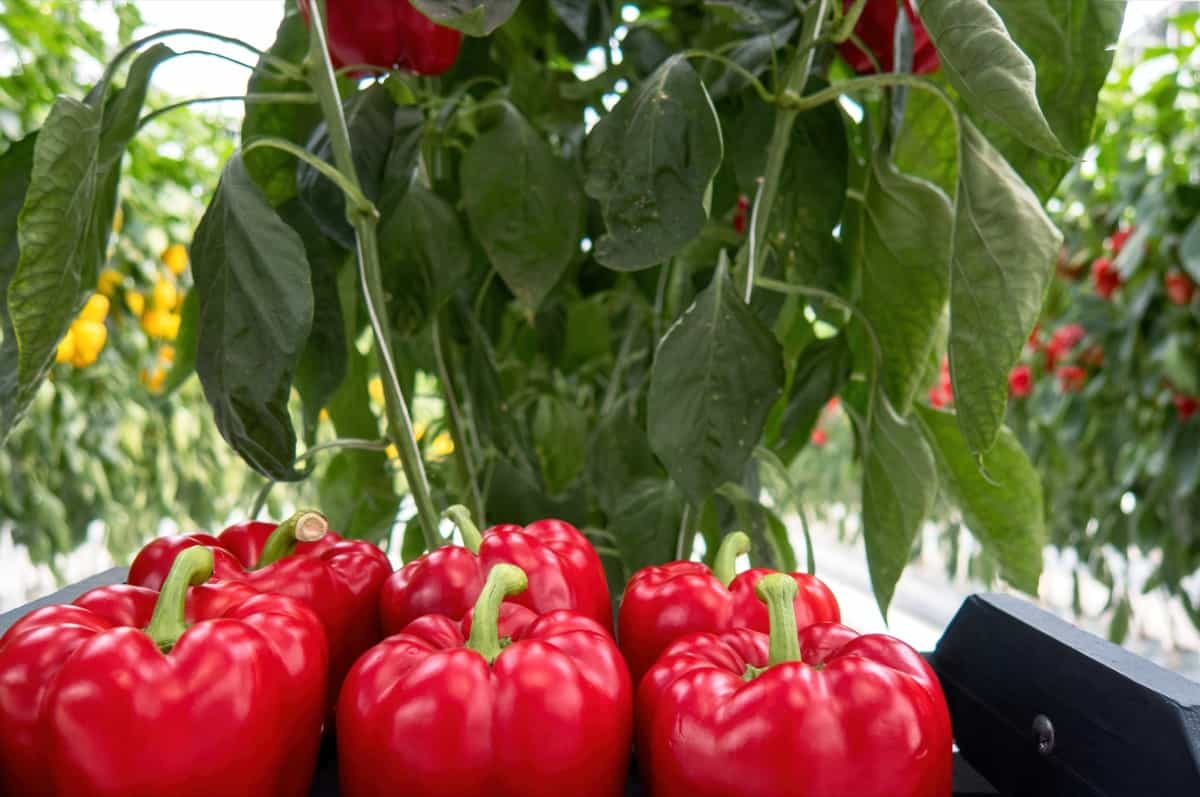
Greenhouse Cultivation Methods
The use of greenhouses allows farmers to regulate temperature, humidity, and light exposure, leading to higher yields and better-quality produce. By utilizing greenhouse structures, farmers can extend the growing season of Capsicum plants, enabling year-round production. This method also protects against adverse weather conditions, pests, and diseases that can impact traditional outdoor crops.
The selection of the right greenhouse design is crucial for successful Capsicum farming. Factors such as ventilation systems, irrigation methods, and shading techniques play a significant role in creating an ideal microclimate for the plants to thrive. Additionally, greenhouse cultivation allows for efficient water usage through drip irrigation systems that deliver water directly to the plants’ roots. This not only conserves water but also reduces the risk of fungal diseases caused by overhead watering methods.
Implement a drip irrigation system to water your Capsicum plants while avoiding water wastage efficiently. Maintain temperature and humidity levels within the greenhouse to create an ideal growing environment for Capsicums. Consider using organic fertilizers to promote healthy plant growth without harmful chemicals. Regularly monitor your crop for pests or disease signs and take immediate action to prevent infestations.
Harvesting Techniques
Timing is important when it comes to harvesting. Capsicums should be harvested when they have reached their full size and color but are still firm to the touch. Using scissors or pruning shears, cut the fruits carefully from the plant to avoid damaging the stems or other parts. It’s essential to handle Capsicums delicately during harvesting to prevent bruising; this can affect spoilage during storage. For bell peppers, wait until they reach their mature color – whether green, yellow, orange, or red – before picking them.
Remember not to pull on the fruit, as this can damage both the pepper and the plant itself. For most varieties, harvesting can begin around 60-90 days after transplanting seedlings into the field or greenhouse. It’s essential to check the specific maturity indicators for each type of Capsicum you’re growing to avoid picking them too early or too late. Harvesting regularly encourages new growth and ensures a continuous supply of fresh Capsicums throughout the growing season. Proper post-harvest handling is equally important to maintain freshness and prolong shelf life.
Post-Harvest Handling and Storage
After a successful harvest of your vibrant Capsicums, the next crucial step is post-harvest handling and storage. This process ensures that your produce remains fresh and market-ready for an extended period. Properly handle the harvested Capsicums with care to avoid bruising or damage. Sort them based on size, color, and quality before moving on to storage methods. When it comes to storing Capsicums, maintaining optimal temperature and humidity levels is key.
Consider using ventilated containers or perforated bags to allow proper air circulation. Avoid exposure to direct sunlight or heat during storage, as this can lead to premature ripening and spoilage. Regularly check stored Capsicums for any signs of decay or rotting. Implementing good post-harvest practices will preserve the quality of your Capsicums and enhance their shelf life, making them more appealing to potential buyers.
In case you missed it: Management of Black Thrips in Chilli Peppers: Symptoms, Treatment, Chemical, Biological, Natural, and Organic Control
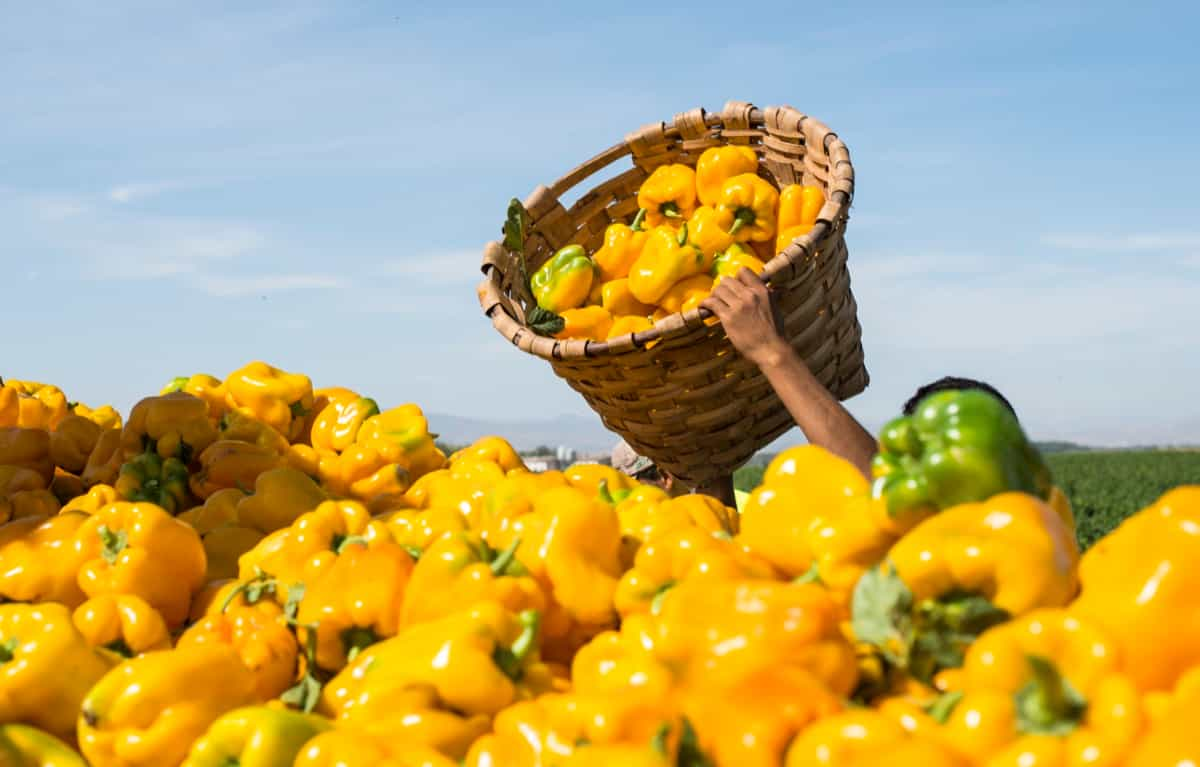
Marketing Strategies for Capsicum
The effective approach is to establish partnerships with local grocery stores, restaurants, or farmers’ markets to sell your fresh Capsicums directly to consumers. By building relationships with these outlets, you can ensure a steady demand for your products. Another strategy is to use social media platforms and online marketplaces to promote your Capsicum farm. Create engaging content showcasing the quality of your produce, share recipes featuring Capsicums, and interact with potential customers through comments and direct messages.
This digital presence can help increase brand awareness and attract new buyers. Additionally, consider participating in agricultural fairs or food festivals where you can showcase your Capsicum varieties and connect with individuals passionate about fresh, locally grown produce. These provide an excellent opportunity to network with other farmers and potential buyers while gaining exposure for your farm.
Economic Analysis and Profitability
By conducting a thorough economic analysis, farmers can make informed decisions that maximize profitability. Factors such as initial investment costs, production expenses, and market prices all play a major in determining the financial viability of Capsicum cultivation. Calculating the potential return on investment requires careful consideration of various factors, such as yield per acre, labor costs, input expenses, and selling prices.
Monitoring market trends and demand fluctuations is also essential for adapting strategies to optimize profits. Efficient resource management and cost-effective practices are key elements in enhancing profitability in Capsicum farming. Implementing sustainable techniques not only benefits the environment but also contributes to long-term economic stability.
Future Trends in Capsicum Farming
The key trend is the integration of technology into cultivation practices. From automated irrigation systems to data-driven crop monitoring, farmers are embracing innovation to enhance efficiency and yield. Another emerging trend is sustainable farming practices. With a growing focus on environmental conservation, many growers are adopting organic methods and reducing chemical inputs. This shift towards sustainability not only benefits the environment but also responds to consumer demand for healthy and eco-friendly produce.
In case you missed it: Sucking Pests in Chilli Crop: Symptoms, Causes, Control, and Treatment
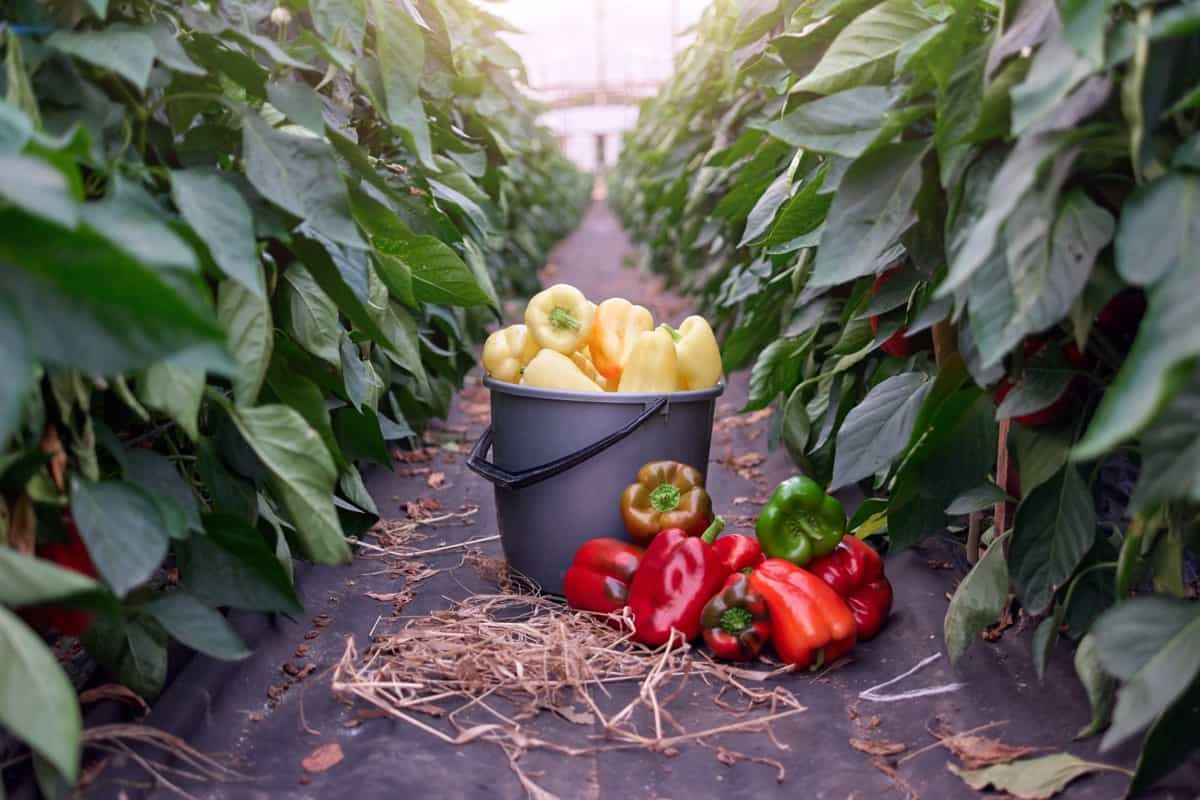
Additionally, there is a rising interest in specialty Capsicum varieties with unique flavors and colors. Consumers are increasingly seeking out exotic peppers for culinary experimentation, creating new market opportunities for farmers willing to diversify their crops. Capsicum farming is significant in the agriculture industry due to its versatile nature and high demand for culinary uses. With proper care, attention to detail, and dedication, you can optimize your crop yield and maximize profitability.
- Types of Pesticides Used in Agriculture: A Beginner’s Guide
- Economical Aquaculture: A Guide to Low-Budget Fish Farming
- 15 Common Planting Errors That Can Doom Your Fruit Trees
- How to Make Houseplants Bushy: Effective Tips and Ideas
- Innovative Strategies for Boosting Coconut Pollination and Yield
- Pollination Strategies for Maximum Pumpkin Yield
- The Complete Guide to Chicken Fattening: Strategies for Maximum Growth
- Natural Solutions for Tulip Problems: 100% Effective Remedies for Leaf and Bulb-Related Issues
- Revolutionizing Citrus Preservation: Towards a Healthier, Greener Future
- Natural Solutions for Peony Leaf and Flower Problems: 100% Effective Remedies
- Maximizing Profits with Avocado Contract Farming in India: A Comprehensive Guide
- Natural Solutions for Hydrangea Problems: 100% Effective Remedies for Leaf and Flowers
- The Ultimate Guide to Choosing the Perfect Foliage Friend: Bringing Life Indoors
- From Sunlight to Sustainability: 15 Ways to Use Solar Technology in Agriculture
- The Ultimate Guide to Dong Tao Chicken: Exploring from History to Raising
- The Eco-Friendly Makeover: How to Convert Your Unused Swimming Pool into a Fish Pond
- Mastering the Art of Delaware Chicken Farming: Essentials for Healthy Backyard Flocks
- 20 Best Homemade Fertilizers for Money Plant: DIY Recipes and Application Methods
- How to Craft a Comprehensive Free-Range Chicken Farming Business Plan
- Brighten Your Flock: Raising Easter Egger Chickens for Beauty and Bounty
- How to Optimize Your Poultry Egg Farm Business Plan with These Strategies
- Subsidy for Spirulina Cultivation: How Indian Government Schemes Encouraging Spirulina Farmers
- Ultimate Guide to Raising Dominique Chickens: Breeding, Feeding, Egg-Production, and Care
- Mastering the Art of Raising Jersey Giant Chickens: Care, Feeding, and More
- Ultimate Guide to Raising Legbar Chickens: Breeding, Farming Practices, Diet, Egg-Production
- How to Raise Welsummer Chickens: A Comprehensive Guide for Beginners
- How to Protect Indoor Plants in Winter: A Comprehensive Guide
- Ultimate Guide to Grow Bag Gardening: Tips, Tricks, and Planting Ideas for Urban Gardeners
- Guide to Lotus Cultivation: How to Propagate, Plant, Grow, Care, Cost, and Profit
- Agriculture Drone Subsidy Scheme: Government Kisan Subsidy, License, and How to Apply Online
- Ultimate Guide to Raising Araucana Chickens: Breed Profile, Farming Economics, Diet, and Care
- Bringing Hydroponics to Classroom: Importance, Benefits of Learning for School Students
- Ultimate Guide to Raising Polish Chickens: Breed Profile, Farming Economics, Diet, and Care
- Ultimate Guide to Raising Australorp Chickens: Profile, Farming Economics, Egg Production, Diet, and Care
- Silkie Chicken Farming: Raising Practices, Varieties, Egg Production, Diet, and Care
- Sussex Chicken Farming: Raising Practices, Varieties, Egg Production, Diet and Care
Good cultivation practices of Capsicum. Sir where u get the capsicum seed. can you tell the address for getting the capsicum seed? did u cultivated the capsicum crop in your farm?
I m farmers in poly house and capsicum cultivation bell peper
can u help me
I need red yellow capisum daily 200 kg